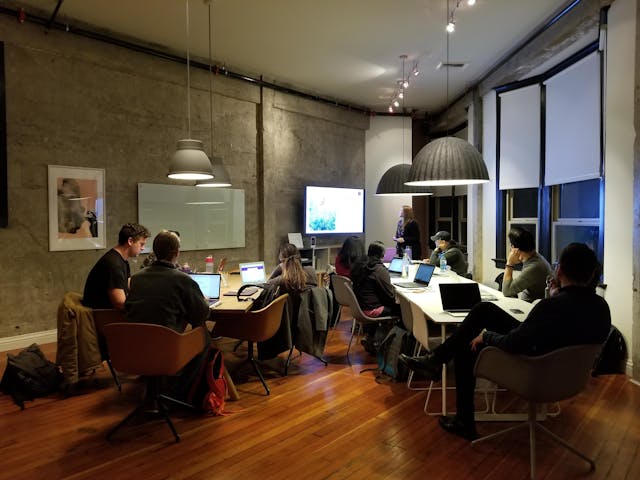As the world becomes increasingly interconnected, the risk of natural disasters impacting our food supply becomes greater. A study by the Global Food Security Index found that 84 percent of countries are highly or moderately vulnerable to at least one type of natural disaster.
It’s impossible to completely eliminate the threat of a natural disaster disrupting the food supply. However, there are steps that can be taken to mitigate the risks. Here are four ways to protect food supply from natural disasters:
1. Improve Early Warning Systems
Early warning systems are critical for giving people advance notice of impending disasters so they can take necessary precautions. Unfortunately, many countries do not have effective early warning systems in place.
The World Food Programme (WFP) is working to change that. The WFP has developed an Early Warning Early Action (EWEA) system that uses data from a variety of sources to provide real-time information on potential emergencies. These sources include weather forecasts, satellite images, and ground sensors.
The WFP is piloting the EWEA system in Ethiopia, Kenya, Malawi, Niger, and Sudan. If successful, it will expand to other countries in the future.
2. Improve Food Storage and Distribution Systems
An effective food storage and distribution system is essential for ensuring that people have access to food during times of crisis. Unfortunately, many countries do not have adequate systems in place.
One way to improve food storage and distribution systems is by investing in infrastructure such as roads, bridges, and warehouses. Naturally, this will make it easier to transport food to people who need it during an emergency.
Another way to improve food storage and distribution systems is to work with local communities to develop community-based food security strategies. These strategies can include things like establishing community grain banks or training community members in food preservation techniques.
3. Diversify Crops and Livestock
Diversifying the types of crops and livestock that are grown in a particular region can help reduce the impact of natural disasters on the food supply.
For example, if a region is typically reliant on a single crop, such as rice, then a drought or flood could have a devastating impact on the food supply. However, if the region also grows other crops, such as wheat or maize, then the impact of the disaster will be lessened.
4. Improve Disaster Preparedness Plans
Developing and implementing effective disaster preparedness plans is crucial for protecting the food supply from natural disasters. Therefore, these plans should minimize the disruption to food production and distribution systems. They should also ensure that people have access to food in the aftermath of a disaster.
Some of the things that should be included in a disaster preparedness plan are:
– Establishing emergency stockpiles of food and water
– Providing training for farmers and others who work in the food system on how to prepare for and respond to natural disasters
– Creating awareness campaigns to educate the public on what to do in the event of a natural disaster
Conclusion
The threat of natural disasters disrupting the food supply is a real and growing concern. However, there are steps that can be taken to mitigate the risks. Improving early warning systems, investing in infrastructure and diversifying crops and livestock are some of these steps. Additional steps include developing effective disaster preparedness plans.



